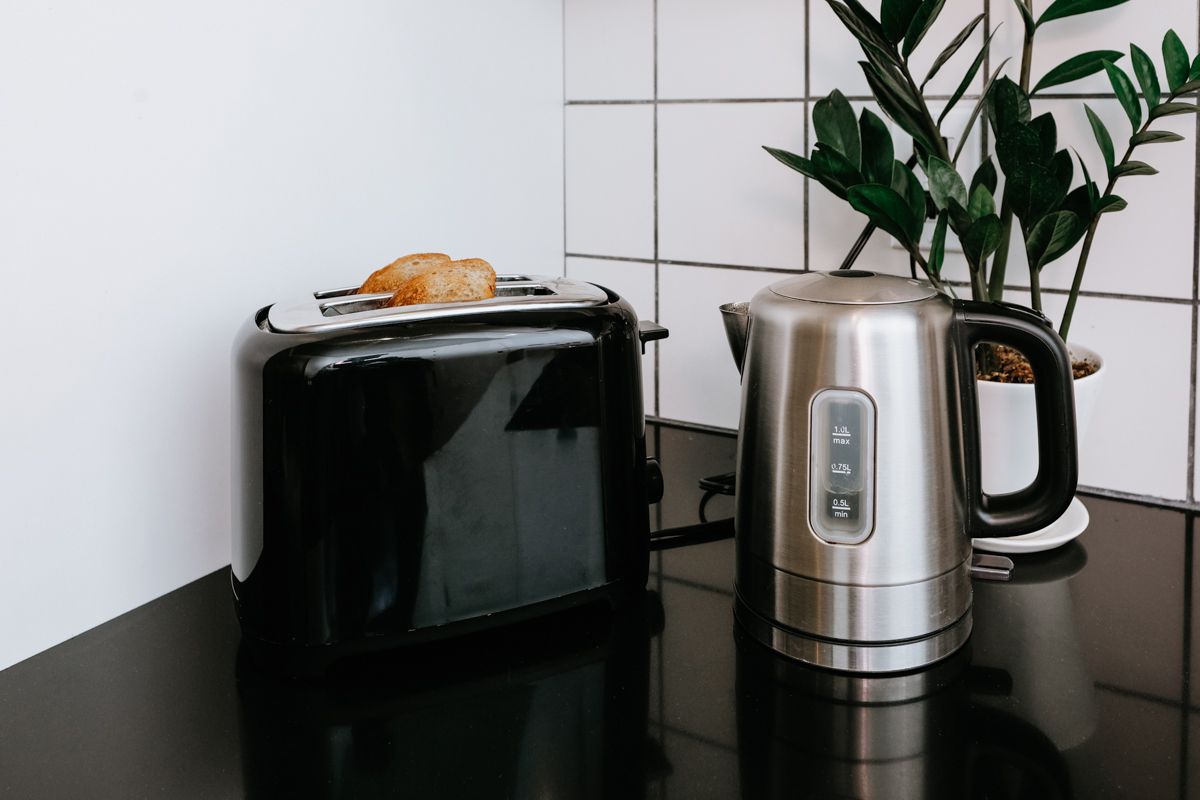Fusing Glass with Ease – Supplies that Turn Ideas into Reality
Fusing glass is a fascinating art form that allows artists to create stunning, unique pieces by combining different types of glass into one cohesive design. The process involves heating glass to the point where it melts and bonds together, creating a new, solid structure. While the concept of fusing glass may seem complex, it can be an accessible and enjoyable craft with the right tools and supplies. For those eager to turn their creative ideas into tangible reality, having the proper supplies is crucial to making the process smooth and efficient. The primary material needed for fusing glass is, of course, the glass itself. There are different types of glass available, but the most commonly used are fusible glass, which is specially formulated to melt and bond at specific temperatures. Artists can choose from a wide variety of fusible glass, including opaque, transparent, and iridescent sheets. These different textures and colors provide limitless possibilities for creativity.
Some glass types are compatible with each other, meaning they will fuse together without issues, while others may not, so it is important to select the right kind of glass for the project. A glass cutter is another essential tool in the glass fusing process. It allows the artist to cut the glass sheets into the desired shapes and sizes. There are various types of cutters available, from simple handheld models to more advanced cutting systems. Alongside the cutter, a cutting mat or board is often used to protect surfaces while working and to ensure precision when scoring and breaking the glass. Kilns are the heart of the glass fusing process. These high-temperature ovens are used to heat the glass to the correct temperature for fusing, typically between 1100°F and 1500°F, depending on the type of glass and the desired result. visit us to learn more about the type of glass and the desired result.Top of FormBottom of Form
Modern kilns come in a variety of sizes and are often equipped with programmable controllers that allow the user to precisely control the heating and cooling cycles. These controls are essential for achieving consistent results, as the rate at which the glass is heated and cooled can affect the final product. Kiln paper or kiln wash is a crucial supply that is used to prevent the glass from sticking to the kiln shelf during firing. These materials create a barrier between the glass and the kiln, making it easier to remove the finished piece once it has cooled. Kiln paper is often preferred for smaller projects, while kiln wash is used for larger or more intricate designs. Both options help ensure that the glass does not fuse to the surface of the kiln, which can ruin the piece and damage the kiln shelf.

